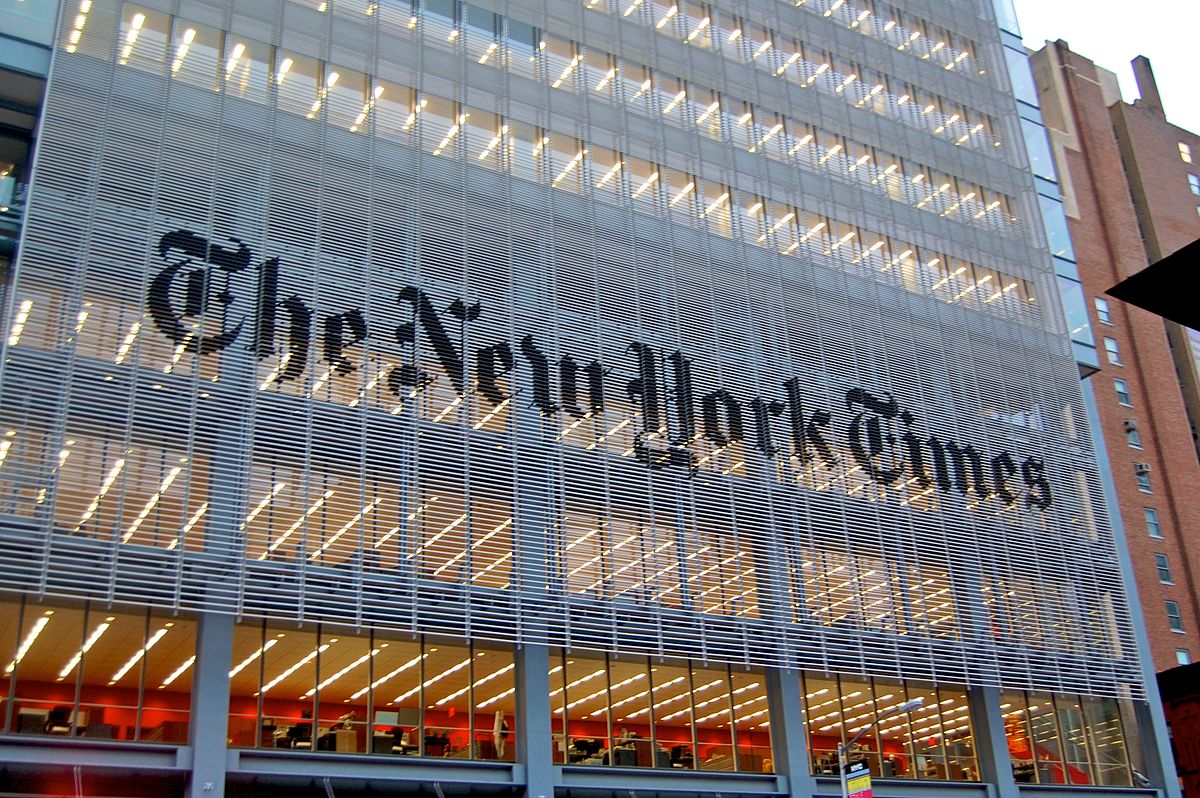IBM’s worldwide expansion speeds with SoftLayer acquisition | #IBMpulse
![]() John Furrier and Dave Vellante, theCUBE co-hosts, travelled to IBM Pulse 2014, the Conference that strives to teach organizations how achieve more on the cloud, using the right tools and applying the right technologies.
John Furrier and Dave Vellante, theCUBE co-hosts, travelled to IBM Pulse 2014, the Conference that strives to teach organizations how achieve more on the cloud, using the right tools and applying the right technologies.
From February 23rd through the 26th, Las Vegas will be brimming with tech professionals and innovators that will debate the best technologies and the best practices available at the moment, contributing to the movement of “applying the transformative power of cloud computing and securely evolving beyond the data center into the world of smarter assets and optimized IT.”
Furrier and Vellante welcomed Lance Crosby, CEO of SoftLayer, to theCUBE, discussing the program’s progress as an IBM company as well as the other acquisition du jour, Facebook buying WhatsApp for a whopping $19 billion dollars.
Why IBM bought SoftLayer
.
Furrier broke the ice: “People are scratching their heads over the recent SoftLayer acquisition by IBM, wondering if it was overpaid. Some of the critics state it is just a hosting company. What’s your take on all this?”
“IBM had made a lot of acquisitions over the last few years in the cloud space – about over 70 different SaaS and PaaS solutions – and we’re putting them all together, helping them to build their own IaaS,” explained Crosby. “When they brought us in, they couldn’t scale, and so we became the underpinnings for the entire cloud stack inside IBM. It made a lot of sense, because not only do we bring a lot of value, a lot of customers and a lot of revenue to the IBM, but also the ability to bring all of the SaaS and PaaS properties over to the software platform, making it geo-diverse and being able to sell services in any country of the world – that is driving the real value.”
“This announcement ties everything together and all the dots connect when you look at the scale,” said Furrier. “Everyone talks about scale and cloud as a huge deal, but you cracked the code on the diversity angle: having infrastructure at scale for a variety of use-cases at a bare metal level and up. What made SoftLayer so successful in the scale and how does that translate into the IBM relationship now that you are an IBM company?”
“When we started, we came from an enterprise background; our DNA is different from our competitors’. We knew that compliance, regulatory, residency and scale were going to matter. We went out with Enterprise-grade services at internet scale,” Crosby responded.
“The news here is obviously expansion,” noted Furrier. “You brought in 13 data centers, IBM had 12 and they are building up more. What are the plans regarding the international expansion?”
“We brought in 13 data centers at the time of the ‘marriage’,” clarified Crosby. “IBM had 12 cloud facilities and we’re going to have a complete global backbone by the end of Q1. By the end of the year we’ll have 15 new data centers: Hong Kong, London, Toronto, Mexico City, Melbourne,” to name but a few. “We want to have a major footprint in all of the major continents and countries, as companies can pick and choose where they want to go,” added Crosby.
SoftLayer’s vision for the modern data center
.
“We’ve seen the success of IO data systems at the Open Compute Summit; are you looking at that model? Will you push data centers into premises?” asked Furrier.
“We will for larger clients,” replied Crosby. “We have a smaller footprint. We can use technologies like Open Stack – which is becoming very efficient and easy to use from a customers’ perspective.”
“A new modern era is here,” noted Furrier after refering to the recent WhatsApp acquisition by Facebook. “You are also enabling the change,” he said, asking Crosby to comment on some of the success factors he’s seen for WhatsApp. “There’s a lot of disruption going on, parallel to innovation. What are the key things that you look at?”
“When we started SoftLayer, all we wanted to do was build the ingredients for our customers to build the next generation IT companies on top of. From 2005 til 2010 we catered to the born-on-the-web internet-centric customers out there (Tumblr, WhatsApp, YELP, Open Table, Dropbox). But in the last 24 months we’ve seen a shift into the enterprise. Enterprises want to build a new generation of services. So, not only we’re shifting traditional workloads to the cloud, but the real shift here is what are the Enterprises going to build next?”
“What can Enterprises build?” wondered Crosby. “Traditionally, they bought hardware and software and adapted it to their business model. Today they can buy the services with all the APIs exposed and they can custom build their IT solutions for what they want to achieve going forward.”
Convenience, predictability + transparency
Vellante congratulated Crosby for the recent partnership with IBM and asked him to elaborate on “All services and all data centers”, asking him “how is that a differentiator?”
“From a cloud perspective, and from a customer’s perspective, it’s all about convenience, predictability and transparency. The customers want to see the price and what’s available, they want to pick, they want stuff to be frictionless, and they want to consume it now. That’s what the cloud is. A lot of our competitors have built these service regions around the world where you have to go here to get this service and there for another service. We want complete predictability from a customer’s perspective. All of our data centers worldwide have all services,” explained Crosby. “This is important because all the other properties that we bring across can have those attributes as well.”
Vellante wanted Crosby’s opinion about what would fare better: many small data centers across the globe or fewer mega data centers.
“It’s a matter of security, compliance, regulatory and data residence. A lot of countries in the EU (and Canada) have passed laws where data has to reside in-country for those residents. So a large footprint over Europe is not enough; you have to have a cloud presence in every country in Europe because of those regulations,” explained Crosby.
“Are you predicting that the requirements are going to get more and more stringent as the countries and the organizations mature?” asked Vellante.
“As cloud becomes wider adopted it will become more regulated,” agreed Crosby.
“Many people don’t realize how many SaaS properties IBM owns,” commented Vellante. “How do you bring together all these 100+ SaaS apps and IBM, and how do you accommodate them?”
“They will be easier to ‘bring across’ to SoftLayer and populate across the 40 data centers worldwide,” said Crosby. As for “the other properties, the ones that are more legacy in nature, more enterprise-type software, we’re going to migrate across to the BlueMix platform, making them consumable, giving them APIs and making them very cloud-like.”
SoftLayer on WhatsApp acquisition
.
“What is your take on the valuation of WhatsApp?” asked Furrier. “Why do you think it’s so high and what does it mean for the future of future applications?”
“WhatsApp has achieved a lot in a short period of time. They came to the market with a messaging system that broke all the rules of the traditional telco messaging. It was easy to use and didn’t cost you against your plan. Over the last three years they scaled to a company that sends three times more messages a day than Twitter and more texts every months than all the telcos in the world combined. They displaced a hundred billion industry in the last three years by creating an app that the end-users wanted,” said Crosby.
Make sure to watch the entire segment, and others from #IBMpulse on our YouTube channel, as Crosby discusses with Furrier and Vellante the most disruptive opportunities for the developers in the future.
A message from John Furrier, co-founder of SiliconANGLE:
Your vote of support is important to us and it helps us keep the content FREE.
One click below supports our mission to provide free, deep, and relevant content.
Join our community on YouTube
Join the community that includes more than 15,000 #CubeAlumni experts, including Amazon.com CEO Andy Jassy, Dell Technologies founder and CEO Michael Dell, Intel CEO Pat Gelsinger, and many more luminaries and experts.
THANK YOU









